Sabor Y Memoria
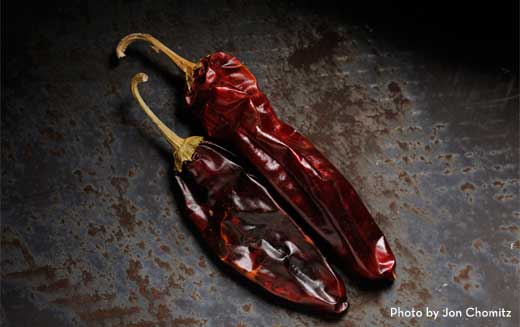
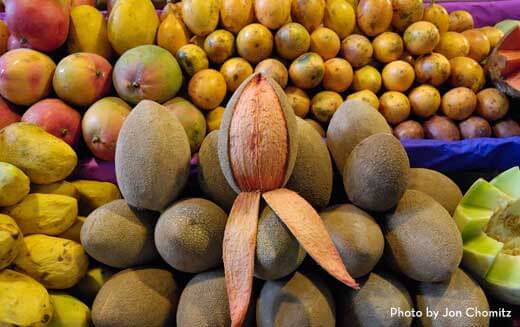
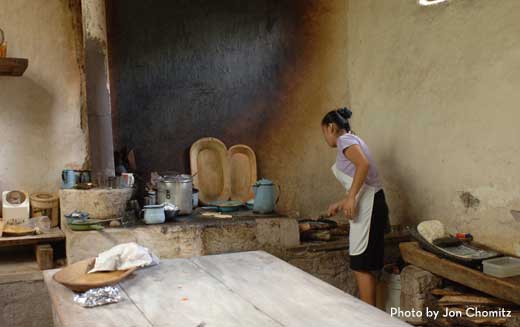

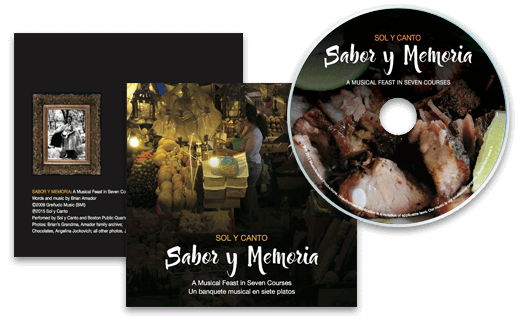
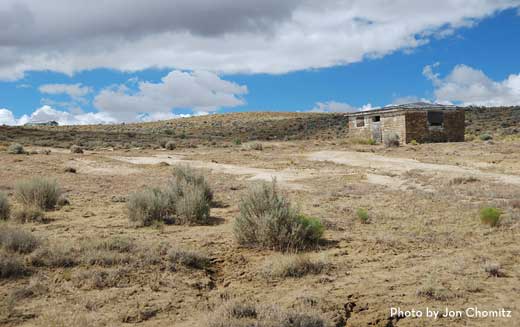
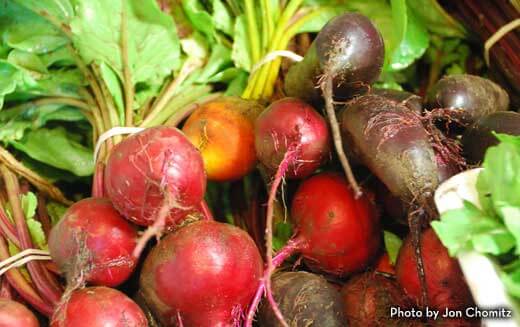

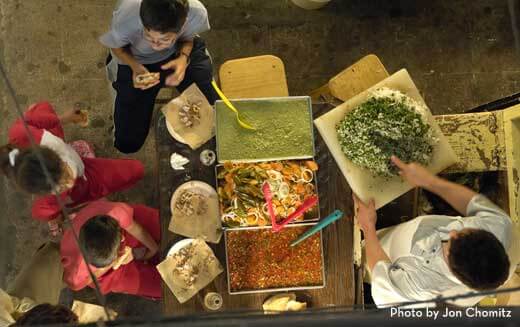
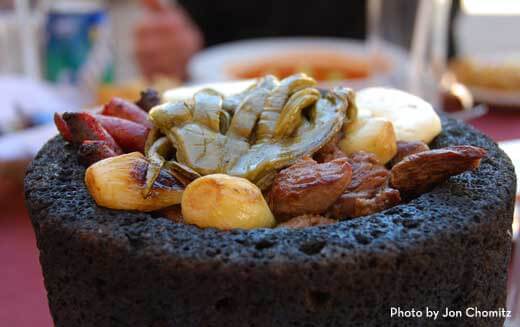
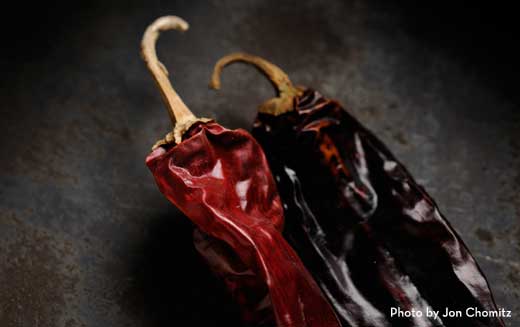
SABOR Y MEMORIA: a Musical Feast in Seven Courses. A celebration of food performed by Sol y Canto and String Quartet
Composed by musical director Brian Amador for the Sol y Canto Sextet plus a string quartet, SABOR Y MEMORIA is a seven-song suite all about food, in rhythms from Cuba, Venezuela, Mexico, Argentina, Peru, Panama and Puerto Rico. From appetizer to dessert, it’s a Latino musico-culinary, multi-sensory mix of music, images and flavors, where each movement is a “dish” in an imaginary meal!
Anyone who comes from far away to live here knows that the deepest and most distant memories can be triggered by an aroma, a sound or a taste. Music and food are among the strongest cultural expressions of our roots, connecting us to our origins by pathways much more profound and direct than conscious thought. SABOR Y MEMORIA explores the
connections between music, food, and identity, mixing Latin musical genres in much the same way that flavors are blended in the cuisine of a new land.
Recorded live in Boston, the CD is now available, along with a DVD featuring the stunning photomontages that accompany the music. Click here for ordering information, behind-the-scenes interviews, and recipes!
Sabor y Memoria Interviews
Sabor y Memoria - ¡The Recipes!
1. Fas fud
“Don’t talk to me about fast food, don’t give me that garbage! I want food made with love, pride and tradition.”
Okay, it’s not really fast food, but it’s pretty quick!
Camarones al coco (Coconut shrimp)
2 lb. peeled shrimp, the bigger the better
1 ea. red, yellow, and green pepper, diced
6 cloves garlic, minced
1 can coconut milk (light works fine)
2 tsp. red chile powder
Juice of 1 lime
1 tsp. sugar
salt to taste
olive oil
Sauté peppers in enough olive oil to cover the bottom of a large frying or sauté pan. When slightly browned, add shrimp and garlic and continue sauteeing until shrimp turn pink. Add coconut milk, chile powder, lime, salt and sugar and simmer until shrimp are tender, just a couple of minutes more. Serve with rice.
2. Cosas verdes
“Rain, earth, sun, seed and sweat: with time they produce sustenace and flavor.”
Steamed chayote squash is simple and tasty, but this recipe takes it to a whole new level.
Chayote asado (Roasted chayote squash)
4 chayotes
Olive oil
Salt
Pepper
New Mexico red chile powder (or other chile powder)
Preheat oven to 350°. Quarter chayotes lengthwise and remove pits. Steam or microwave on high for 4 minutes. Brush or drizzle with olive oil and sprinkle with salt, pepper and chile. Roast until browned on edges, around 20 minutes.
3. Olor a chiles
“I was far from home, in a strange place when a smell of chiles took me back to my ranch.”
This is a non-meat version of the delicious New Mexico red chile sauce. If desired, you can add browned chopped or ground beef. It’s the perfect sauce for enchiladas, huevos rancheros, to spoon over tamales or to mix with pinto beans.
Chile colorado (Red chile sauce)
I large onion, chopped medium-fine
6 cloves garlic, minced
Olive oil
10-12 dried red chile pods* (can be any combination of New Mexico red, pasilla, ancho, guajillo, with maybe a chipotle or two thrown in.)
Water
Oregano, cumin and salt to taste
Remove the stems and most of the seeds from the chiles. Toast chiles in a dry, hot iron skillet until slightly browned on both sides, then place them in a saucepan, cover with water, and bring to a boil. Take them off the heat and let soak for 10 minutes or until softened. Put them in a blender with some of the soaking water and puree, adding more water as necessary to make a thick sauce. Reserve any remaining soaking water. Strain chile puree into a large bowl.
In a deep saucepan, sauté onions in olive oil until slightly caramelized, then add garlic and cook about a minute more. Add chile puree, oregano, cumin and salt to taste and heat through. Add more water if necessary for desired consistency. You can serve this sauce over meats or eggs, with beans, or you can use it in the tamal recipe below.
If you can’t get chile pods, or you’re in a hurry, this can be made with chile powder*. Just gradually add water to 4 Tbs. of chile powder until you have a sauce of the thickness you desire, then add that to the sauteed onions.
*Don’t settle for second best! If you can’t get New Mexico chile where you live, you can order it online. One good, and reasonably priced source is The Fruit Basket in Alququerque http://www.thefruitbasketabq.com/.
4. Alquimia
“When I light my stove, it’s like a candle on the altar where I prepare my offerings to friendship and love.”
This is one of those dishes that really make you aware of the alchemy of cooking.
Chicken Chilaquiles
1 lb. boneless, skinless chicken thighs, cut into chunks
2 cups chicken stock
1-2 jalapeño peppers, chopped (more if you like it spicy)
1 large onion, chopped
4-6 cloves garlic, diced
1 dozen corn tortillas
1 stalk celery
Other vegetables as desired: 1 carrot, 1 chayote, 1/2 bulb fennel, 1 crown broccoli (all chopped)
12-14 oz. canned crushed tomatoes
Vegetable or live oil
Oregano
Thyme
Cheddar, Monterey Jack or queso fresco, shredded
Key limes, quartered for garnish
In a large sauté pan, fry onions on medium-low heat until caramelized. A couple of minutes before they’re done, add jalapeños, garlic and any other vegetables except the tomatoes, and chicken. After vegetables are softened, add tomatoes and half of the chicken stock. Turn heat to low. As chicken simmers, cut the tortillas into wedges or strips and fry in light vegetable oil at high heat until crunchy (a couple of minutes). Drain on paper towels and add salt – whatever you don’t use in the chilaquiles, people will want to eat. When chicken is cooked through, stick the tortilla strips into the mix at random and cook just long enough for them to become partially softened. Cover entire dish with shredded cheese and place under broiler until cheese is melted. Serve with lime wedges and salsa.
And if you want something meatless…
Tofu Imperial
1 block of tofu
1 onion, diced
salt
6 cloves garlic, coarsely chopped
tamari
lime juice
white wine
agave syrup
olive or vegetable oil
Cut tofu into 1/2″ slices and drain on paper towels. Cover the bottom of a frying pan with oil and place on medium-high heat; when the tofu is dry, fry it until golden on both sides. Remove and drain on paper towels again. Put onion in the pan, sprinkle salt on it and sauté, stirring often, until caramelized, then lower heat to medium, add garlic and cook 2 minutes more. Add 1/2 cup or so of tamari, about the same amount of white wine, about 1/4 cup of lime juice, a couple tablespoons of tomatoes (canned are fine) and a squirt of agave syrup. Taste it and balance if necessary. At this point you want a medium-thick sauce. Add tofu and heat through.
5. Hambre
“Excuse me… I want to know
why, with such abundance, are there people with nothing?”
This easy-to-make staple will add a delicious touch to any meal.
Arroz integral (Brown Rice)
Brown rice – short, medium or long grain (or jasmine or basmati) Water – almost twice as much as the amount of rice you’re preparing. (For example, if you’re making 1 cup of rice, you’ll need about 1 1/2 – 1 3/4 cups of water, a bit more for short grain rice. Olive or vegetable oil, enough to cover the bottom of the saucepan Salt to taste
Heat oil on medium-high heat in saucepan and add rice. Cook, stirring often, for a few minutes until rice is lightly toasted and begins to release a popcorn-like aroma. Lower heat and add water, being careful to keep your body parts out of the way of the steam that will arise as soon as the water hits the hot pan! Add salt to taste (I use about 1/2 tsp. per cup of rice), put heat on low, cover and simmer until water is absorbed – with 1 cup of rice, this will take around 20-25 minutes, more for more rice.
6. El tamal
“It began long ago in Mexico with a cornhusk or a plantain leaf. It occurred to someone to wet it, fill it with masa, and stick it in the fire.”
While there are hundreds of varieties of tamales, I still haven’t tried any more delicious than those that are ubiquitous in New Mexico.
Tamales de puerco (Pork Tamales, New Mexico-style)
MASA:
5 lb. bag of prepared cornmeal masa flour (I like Masa Brosa)
1 lb. shortening or lard
pork broth from filling preparation
cornhusks
FILLING:
4 lbs. pork shoulder
6 cups water
2 cups chile colorado sauce
3 onions, finely chopped
6 cloves garlic, minced
oregano, cumin and salt to taste
olive or vegetable oil
PREPARING THE FILLING:
Boil pork in water until tender. Remove from broth, saving the broth. Separate meat fibers with a fork and chop into small pieces. In a large saucepan, sauté onions until slightly caramelized, add garlic and cook for about a minute more, then add chile, pork, spices and salt. Cook until it’s just dry enough not to be runny.
MAKING THE TAMALES: Rinse the cornhusks and soak in water until pliable. Spread the center of each cornhusk with 2 Tbsp. of the masa mixture, leaving a little well in the middle (if the cornhusks are small, you may need to use 2 per tamal, overlapping them in the middle). Top the masa with the filling, then fold the sides of the cornhusk in toward the center, fold the top up and the bottom down, and tie with a thin strip of cornhusk (you may need to tie two strips together.
You can freeze any tamales you’re not going to eat right away. To prepare the tamales for eating, place on a steamer rack in a large pot and steam for approximately 40 minutes.
7. Chocolate
“Oh! Chocolate, elixir of the Aztecs,
somewhat sweet, somewhat bitter,
black and with intense flavor.”
A quick, easy and delicious Latin take on s’mores.
S’Más
Graham crackers
Good dark chocolate
Dulce de leche
Divide graham crackers into squares spread some dulce de leche on each square and place a piece of dark chocolate in the middle. Arrange on a metal tray and put under broiler or in a toaster oven on broil. KEEP AN EYE ON THEM! Depending on the intensity of the heat, they should be ready in a minute or so. Remove them from the heat just as the edges of the chocolate begin to soften, but before the chocolate becomes a puddle! Serve hot.

